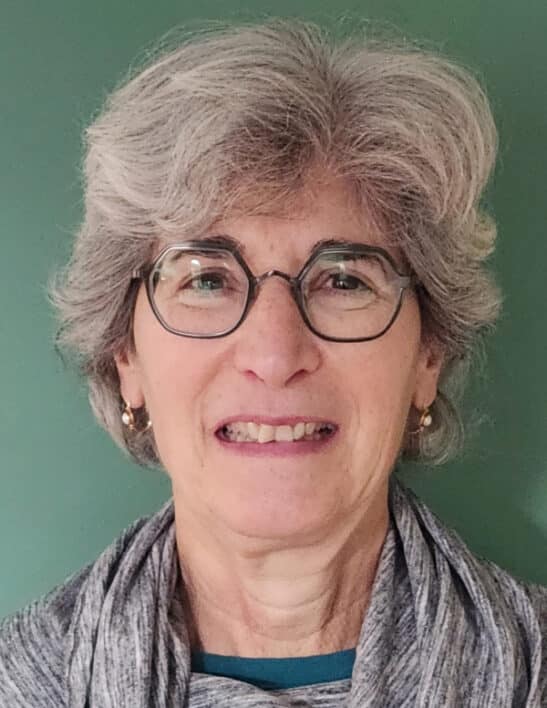Our jobs, comforts, and ability to survive all depend on something most people take for granted until it goes missing: energy. It powers our lighting, our appliances, our cell phones – our entire daily lives. We need it to search for jobs or work from home, to access essential goods, to cook and store food, to keep our homes at safe temperatures, to access water, and to connect with loved ones. For those who are medically dependent on electricity, access to energy can keep them out of our hospitals—currently overwhelmed by the COVID-19 pandemic—and out of harm’s way. Yet one unfortunate reality of energy is that it is not equitable, and this is a problem that directly harms public health.
Americans in low-income households, communities of color, small towns, and many rural areas do not have equal or affordable access to reliable energy. What’s more, the environmental cost of producing and delivering energy — the pollution of our air, water, and ground — tend to be concentrated in some of those same places.
The coronavirus has further revealed the extent to which these inequities affect vulnerable households. While some states have stepped in to block utilities from disrupting service for nonpayment during the pandemic, in others people who are now unemployed and struggling to afford basic needs amid the crisis must also worry about their electricity or gas being cut off. And new research is pinpointing the extent to which air pollution may have put residents of some communities more at risk of serious respiratory illness and mortality from COVID-19.
While achieving energy equity would require new policies, the time is right. Rapid changes in the power sector present real opportunities for improvement. Renewable energy development is becoming much less expensive, as are technologies such as energy storage that can make the power grid more flexible, cleaner, and more affordable. Coal plants are retiring, and states are encouraging the electrification of home heating and vehicles. But without attention to affordability and access, this transition runs the risk of once again leaving many Americans behind.
In a new report produced with the support of the Robert Wood Johnson Foundation, Synapse Energy Economics, RAP and Community Action Partnership take an in-depth look at the disparate impacts of electric and natural gas infrastructure on economic, social, and health outcomes — and consider how to ensure that a clean-energy future is a more equitable future. The report finds a variety of opportunities for policymakers:
- Improve access to energy. Utility customers should be better protected against having their service shut off when they fall behind on payments. Incentives to invest in distributed energy resources, like combined solar and storage systems, can expand the reach of these innovations.
- Make energy easier to afford. Clean-energy technologies must be affordable and accessible, while electricity rate designs should protect low-income households from paying more than their share of the costs to integrate these technologies into the electric grid. Communities served by cooperative utilities need resources to work with utility management to affordably transition away from coal.
- Reduce environmental hazards. Energy and environmental regulators need to align their work to recognize the full value that clean-energy technology brings to controlling pollution from energy infrastructure. Communities can also use clean energy to build greater resilience in the face of extreme-weather events. And as carbon allowance trading markets expand, states participating in them should invest the revenues with environmental justice goals in mind.
- Put people to work on the energy transition. Workers and communities that depend on the fossil-fuel industry need a path to training and secure, well-paid new employment, and the clean-energy workforce needs to become more diverse.
The report includes case studies from municipalities, states, and regions across the country that are working to achieve the goals described above. The small city of Bloomfield, Iowa, has taken charge of its energy future, transforming its approach to resource planning, investing in efficiency and solar power, and spurring local development. In Ohio, a statewide arrearage management program provides a model for protecting customers from utility shutoffs. In Minnesota, Xcel Energy and the state’s utility regulators are working together to implement performance-based regulation, with benchmarks for improving customer service quality and workforce diversity. And the 10 northeastern states that participate the Regional Greenhouse Gas Initiative are reducing carbon dioxide emissions (and other pollution) from power plants, improving community conditions and health outcomes.
Despite these innovations, policymakers need a better understanding of how to improve energy resiliency and reduce environmental impacts in low-income communities, rural areas, and communities of color. Projects undertaken thus far are not on a large enough scale to fill the equity gap. Integrated resource planning, which considers in detail the cost and environmental impacts of a given energy resource, could be a helpful tool to evaluate communities’ options. It can help decide when an expensive investment can be avoided in favor of cleaner alternatives, such as building a microgrid instead of a transmission line. The intersection of energy infrastructure with water, broadband, and transportation also needs consideration. For example, expanding broadband service to rural communities can enable access to “smart grid” energy technology.
Fortunately, this period of rapid change in the energy sector is accompanied by growing awareness of the need to address the sector’s disparate impacts. Community advocates are speaking out, and in some states legislatures and regulators are taking steps to build equity into the energy transition — and providing examples that can be replicated elsewhere. And the ongoing crisis of COVID-19 adds new urgency to getting this transition right — we know more starkly than ever before that the “old normal” is no longer sustainable. The time is now to ensure that a transformed energy sector does not leave rural and low-income communities and communities of color behind — but, instead, empowers them to be partners in creating more affordable and healthier outcomes.
Support for this study was provided by the Robert Wood Johnson Foundation. The views expressed here do not necessarily reflect the views of the Foundation.


